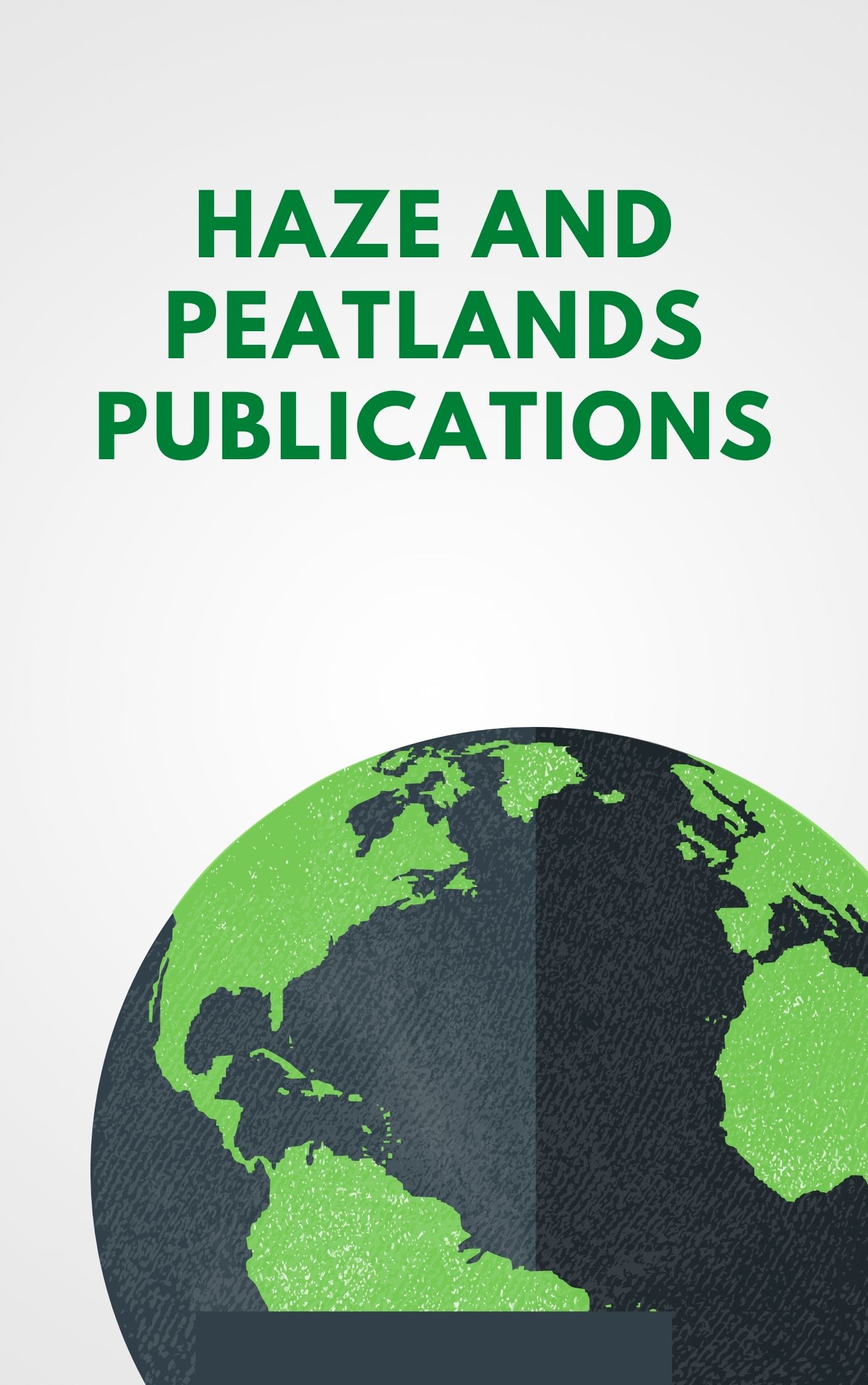The improvement of rice production to meet food needs for the increasing population is a general problem faced in wetland development for agriculture. The use of industrial waste, such as coal fly ash (CFA), could effectively improve the soil properties of wetlands. In this study, CFA with an amount of 2% (weight/volume) or 240 g was added to 12 L of three different soils collected from the rice fields (peatland, swampland, and rainfed field) in a 15-L pot, and then incubated in the greenhouse for 15 days. The soil pH, concentrations of NH4+-N, NO3--N, exchangeable calcium (Ca) and magnesium (Mg) and available phosphorus in the soil were quantified following the completion of the incubation. Rice seedlings were planted in each pot, and after 90 days, the growth and yield variables were observed. The results showed that CFA application enhanced the concentrations of NH4+-N, NO3--N, and available phosphorus in peatland and swampland, the rice fields that contain high organic carbon (C), which ultimately leads to increasing rice growth and yield. The application of CFA to rice fields containing low organic carbon did not improve available nitrogen and phosphorus nor enhance the growth and yield of rice. Results of this study indicate an important role of soil organic C content in the rice fields in controlling the effect of CFA on nutrient availability, growth and yield of rice.
View source

